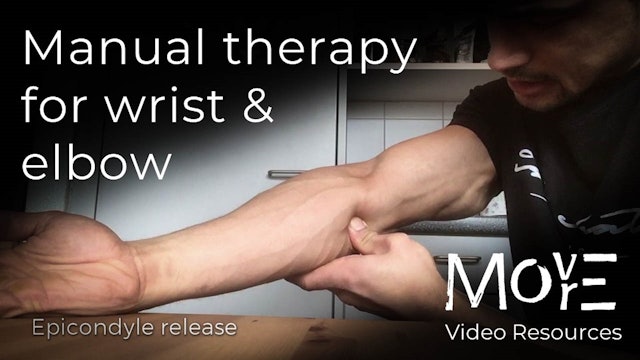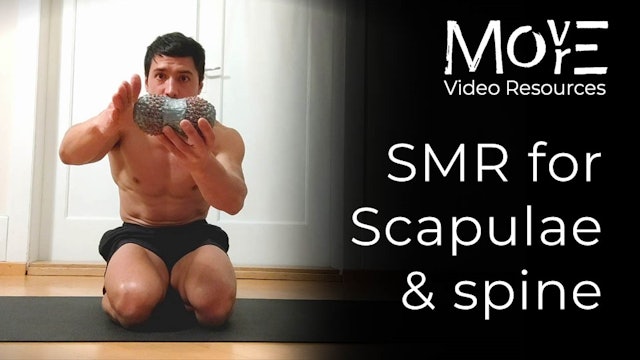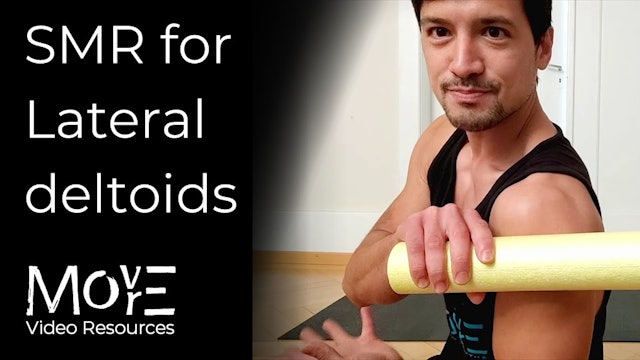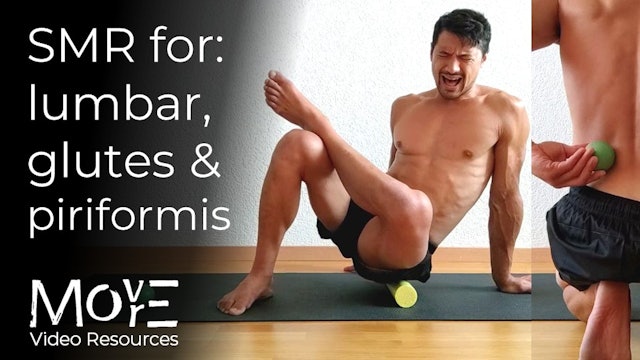Manual-therapy & self myofascial-release (SMR)
Fundamental resources for diagnosing, treating, and mitigating hypertonicity in areas of the body which can commonly hold a greater than desirable level of resting tone. Whether from lifestyle or practice habits, if left untreated, what can begin as "superficial-blockages" affecting the muscles & tendons can express as more problematic issues. They can adversely affect general movement patterning, further to potentially exacerbating or developing both chronic & acute injury symptoms.
As continually emphasised across this series of manual-therapy resources, they should be used as part of a WIDER bag of tools for investigating, treating, and mitigating your individual symptoms; this is the more explorative "shotgun" approach of using a RANGE of contexts & concepts for "!moving" and "BEING moved", as opposed to the "scalpel" approach of assuming that there is a specific "culprit" to be found (e.g. a particular muscle). In this process, the practitioner learns more about their individual symptoms & builds awareness of changing levels of hypertonicity in the body.
Being a very individual exploration, then, the practicalities of "when", "what", "how long" and "how often" must ultimately be determined by the practitioner in accordance to their current state & experience. As a guiding principle, however, if you being to experience pain around an articulation (e.g. shoulder-impingement, hip/knee-pain, back or wrist/elbow-pain) or if you simply notice that you are feeling particularly hypertonic in a specific area (not to be confused with muscle-soreness, or 'DOMS'), SMR should be considered a FIRST-POINT protocol. In some cases, it can give IMMEDIATE relief from symptoms, further to giving on-point feedback as to the actual location & condition of the injury-site.
This is because, even if it is a minor injury, the nervous system can act to increase resting muscle-tone in the area. Whilst this immobilization-tactic is a protective mechanism, it can stretch beyond the site of the actual problem itself. In many cases, this over-protective mechanism can even EXACERBATE the issue, further to also being a potential cause of it. An example is hypertonicity in the deltoids leading to reduced space in the shoudler-capsule and impingement symptoms, then inflammation from impingement leading the nervous system to increase resting tone in the shoulder to immobilise it....
Regarding "how long", spend as much time as you can/need with the relevant protocol, noting that it is NOT necessary to always do both "sides" in unilateral contexts (although it is a bonus, if you have the time). Regarding "when", whilst it can be valuable to perform SMR before practice of 'mobilization' contexts, e.g. spinal-work, and before/after practices in which hypertonicity can be exacerbated, it is simpler to say - when you have, or can MAKE the time. As aforementioned, "how often" should be relative to your experience of symptoms, to practiced simply until they are no longer required & "tapering-off" frequency toward those ends.
-
Manual therapy for elbow-tendinosis symtoms
THE WHAT:
Some simple techniques to treat/mitigate symptoms of elbow inflammation (acute or chronic epicondylitis) or other general overuse symptoms relating to the musculature of the forearm potentially transferring into the wrist.These were tools I used particular to my own symptoms so be sur...
-
SMR protocols for habitual kyphosis
THE WHAT:
Fundamental protocols for SMR (self-myofascial release) with focus on areas which, when in a hyper-tonic state, contribute to a 'kyphotic' posture. Commonly caused by work, practice, & life habits, the perspective of 'habitual' kyphosis means that it is your movement HABITS which must b... -
SMR for scapulae & spine
THE WHAT & HOW:
Another fundamental resource for diagnosing, treating, and mitigating hypertonicity in areas of the body which can commonly hold a greater than desirable level of resting tone. Whether from lifestyle or practice habits, if left untreated, what can begin as "superficial-blockages" ... -
SMR using a tennis/rubber ball
THE WHAT & HOW:
Another fundamental resource for diagnosing, treating, and mitigating hypertonicity in areas of the body which can commonly hold a greater than desirable level of resting tone. Whether from lifestyle or practice habits, if left untreated, what can begin as "superficial-blockages" ... -
SMR for lateral deltoids
THE WHAT & HOW:
Another fundamental resource for diagnosing, treating, and mitigating hypertonicity in areas of the body which can commonly hold a greater than desirable level of resting tone. Whether from lifestyle or practice habits, if left untreated, what can begin as "superficial-blockages" ... -
Manual Mobilization - Abdominal cavity, diaphragm & ribs
THE WHAT:
Fundamental tools for mobilizing the musculoskeletal tissues of breathing organs. Be sure to progress SENSITIVELY, working on an EMPTY stomach (preferably first thing in the morning). Please note that the three 'levels' presented here are completely SUBJECTIVE. This means that, whilst i... -
SMR: lumbar & QL, glutes & piriformis
THE WHAT & HOW:
Another fundamental resource for diagnosing, treating, and mitigating hypertonicity in areas of the body which can commonly hold a greater than desirable level of resting tone. Whether from lifestyle or practice habits, if left untreated, what can begin as "superficial-blockages" ... -
SMR: quadriceps & VMO focus
THE WHAT & HOW:
Another fundamental resource for diagnosing, treating, and mitigating hypertonicity in areas of the body which can commonly hold a greater than desirable level of resting tone. Whether from lifestyle or practice habits, if left untreated, what can begin as "superficial-blockages" ... -
SMR: TFL & IT band (aka. "SMR hell")
THE WHAT & HOW:
Another fundamental resource for diagnosing, treating, and mitigating hypertonicity in areas of the body which can commonly hold a greater than desirable level of resting tone. Whether from lifestyle or practice habits, if left untreated, what can begin as "superficial-blockages" ... -
SMR: Lower-leg focus
THE WHAT & HOW:
Another fundamental resource for diagnosing, treating, and mitigating hypertonicity in areas of the body which can commonly hold a greater than desirable level of resting tone. Whether from lifestyle or practice habits, if left untreated, what can begin as "superficial-blockages" ... -
Foot-massage with a ball
THE WHAT & HOW:
Another fundamental resource for diagnosing, treating, and mitigating hypertonicity in areas of the body which can commonly hold a greater than desirable level of resting tone. Whether from lifestyle or practice habits, if left untreated, what can begin as "superficial-blockages" ... -
Follow-along foot-care sequence
THE WHAT:
Intervention protocols for when the feet have been neglected in restrictive footwear or experienced acute or chronic injury which has not been managed in course. If this leads to physiological immobility (e.g. restricted range of motion in the toes due to injury), it is not long before ... -
On foot-care & tools for manual therapy
THE WHAT:
Intervention protocols for when the feet have been neglected in restrictive footwear or experienced acute or chronic injury which has not been managed in course. If this leads to physiological immobility (e.g. restricted range of motion in the toes due to injury), it is not long before ...















